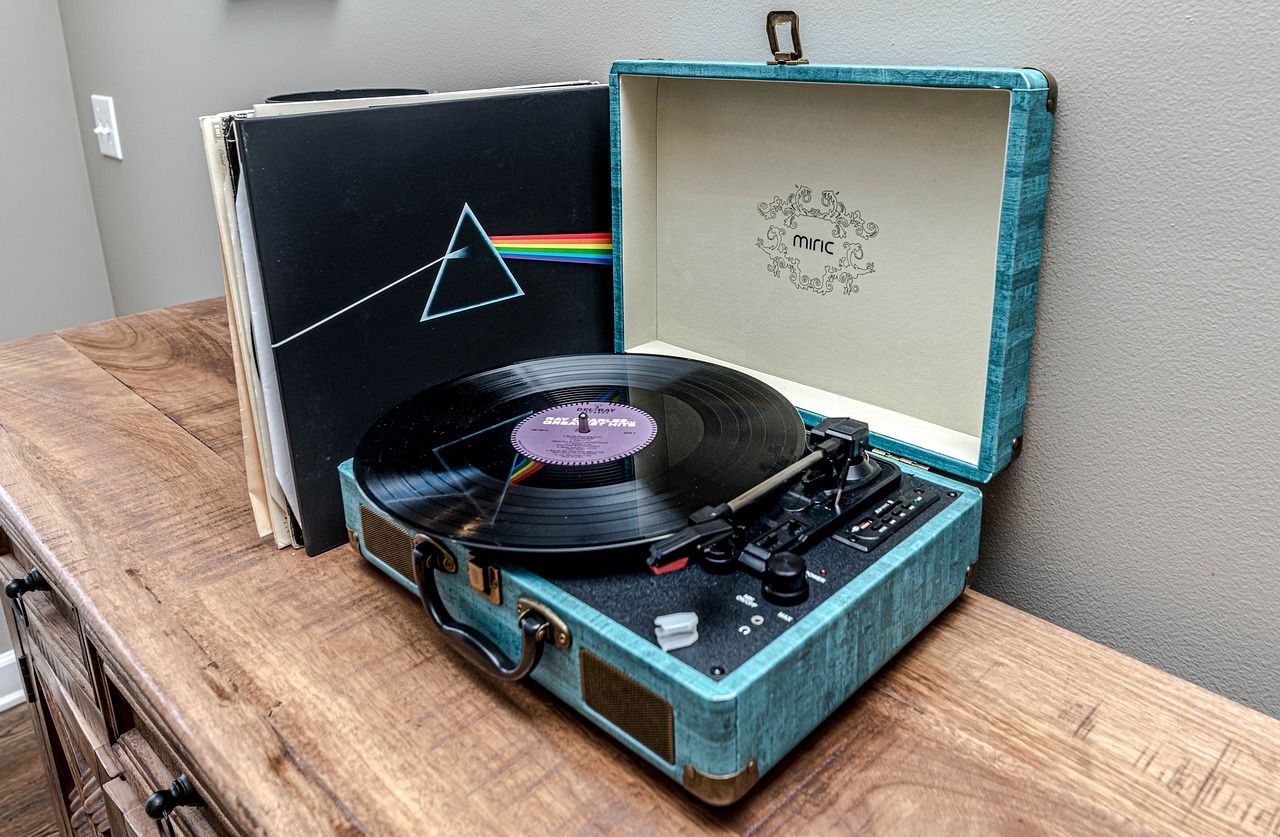In today’s music world, being available on all digital stores is crucial for any artist who wants to reach a wider audience. From Spotify to Apple Music, and even lesser-known platforms, having your music online means more opportunities to grow your fanbase and monetize your art. If you’re ready to get started, this guide will walk you through to Upload your music on all digital stores step-by-step in a way that’s simple and straightforward.
Why Should You Upload Your Music on Digital Stores?
If you’ve been wondering whether uploading your music to digital stores is worth the effort, the answer is a resounding yes! Digital stores and streaming platforms make your music accessible to listeners worldwide. They help you connect with new fans, generate income through streams and downloads, and even open doors to new collaborations. The best part? Once you set everything up, your music can work for you 24/7.
Step 1: Prepare Your Music
Before you start the uploading process, it’s essential to ensure that your music is ready. This means:
- High-Quality Audio Files: Make sure your tracks are mixed and mastered. The standard file format for most digital stores is WAV (16-bit, 44.1 kHz).
- Metadata: This includes the title of your song, artist name, album title, and genre. Accurate metadata ensures your music appears correctly in search results.
- Cover Art: A striking and professional cover design can make a great first impression. Digital stores typically require artwork to be at least 3000 x 3000 pixels in size.
Taking these steps before you begin will save you time later.
Step 2: Choose a Distribution Service
You might be wondering, “How do I get my music on all digital stores?” The answer lies in music distribution services. These platforms act as a bridge, uploading your tracks to all major digital stores and streaming platforms. Some popular options include:
- DistroKid: Known for its fast upload times and unlimited uploads for a yearly fee.
- DeliverMyTune: Offers detailed reporting and additional promotional tools.
- CD Baby: A one-time fee per release, with options for physical distribution.
- Amuse: A free option that takes a percentage of your royalties.
Compare these services to find one that fits your budget and goals.
Step 3: Create an Account on Your Chosen Platform
Once you’ve chosen a distribution service, the next step is to create an account. The registration process usually involves providing basic details like your name, email address, and payment information. Most platforms also require you to agree to their terms of service, so take a moment to read through them.
Step 4: Upload Your Music
Now comes the exciting part — uploading your music! Follow these steps:
- Log In to Your Account: After registering, log in to your chosen distribution platform.
- Select “Upload” or “Create New Release”: This option is typically on the dashboard.
- Add Your Tracks: Upload your WAV files one by one. Ensure you double-check each track for quality.
- Enter Metadata: Fill in all the required details, such as song title, album name, genre, and release date. Be thorough to avoid issues later.
- Upload Cover Art: Add your album or single artwork. Ensure it meets the platform’s specifications.
- Select Stores and Platforms: Most services let you choose where you want your music distributed. To maximize reach, select all available options.
Step 5: Set Your Release Date
Timing can make a big difference in how your music is received. Many artists opt for a release date a few weeks in the future to allow time for promotion. This gives you a chance to create buzz on social media, pitch to playlists, and inform your fans about the upcoming drop.
Step 6: Review and Confirm
Before hitting the submit button, carefully review all the details you’ve entered. Check your:
- Audio quality
- Metadata accuracy
- Cover art compliance
Taking a few extra minutes to double-check can prevent delays in the approval process.
Step 7: Monitor Your Release
After you’ve submitted your music, the distribution service will take care of the rest. This includes uploading your tracks to all the selected platforms. However, approval times can vary. For example, Spotify might process your release within a few days, while Apple Music could take a week or more.
Step 8: Promote Your Music
Getting your music on digital stores is only half the battle. To make an impact, you’ll need to promote your release effectively. Here are some ideas:
- Social Media: Share snippets, behind-the-scenes content, and countdowns.
- Email Marketing: Send a newsletter to your mailing list.
- Playlists: Submit your tracks to curated playlists for better visibility.
- Collaborations: Partner with other artists or influencers to expand your reach.
Step 9: Track Your Performance
Once your music is live, most distribution platforms provide analytics to help you track performance. Pay attention to metrics like:
- Number of streams and downloads
- Geographical data
- Listener demographics
These insights can inform your future marketing strategies and help you understand your audience better.
Common Questions About Uploading Music
Here are some FAQs to help clarify any lingering doubts:
- How much does it cost? Costs vary depending on the distribution service. Free options exist, but they may take a percentage of royalties.
- Can I update my music after uploading it? Yes, but updates might take time to reflect across all platforms.
- What happens if my music gets rejected? Most platforms provide reasons for rejection. Common issues include low-quality audio or incorrect metadata.
Final Thoughts
Upload your music on all digital stores step-by-step is a game-changer for independent artists. While the process might seem overwhelming at first, breaking it down into manageable steps makes it simple. By following this guide, you’ll be well on your way to sharing your art with the world and taking your music career to the next level. So, don’t wait — start uploading your music today and let your creativity shine!
Related Articles:
For further reading, explore these related articles:
For additional resources on music marketing and distribution, visit DMT Records Private Limited.






